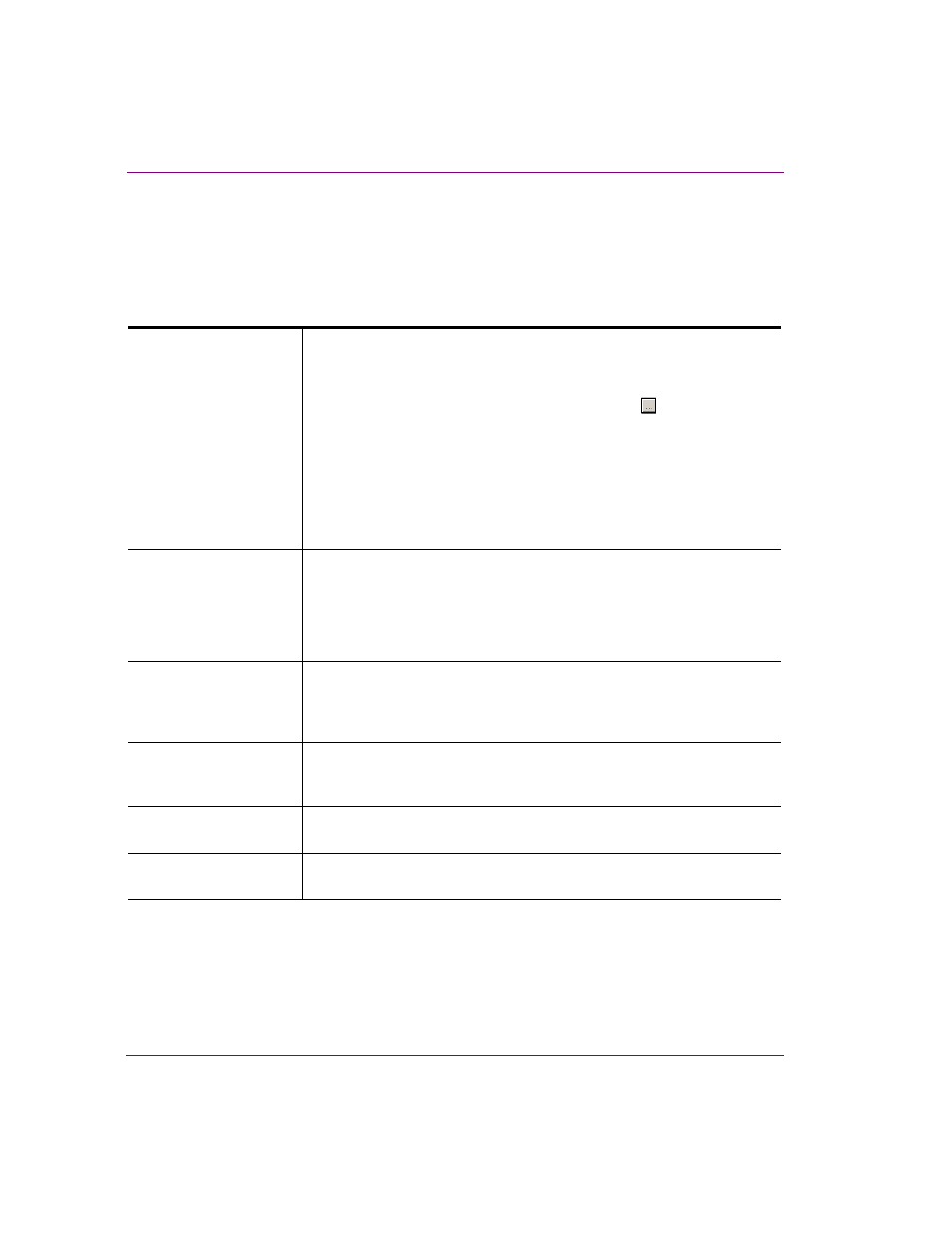Clip command – Grass Valley Xstudio Vertigo Suite v.4.10 User Manual
Page 287

10-22
Xstudio User Manual
Adding logic to control objects
Clip Command
When the associated event is executed, this action assigns a clip asset to be displayed in
the specified clip object on the scene side. Whether or not it starts playing immediately
depends on the output device.
Set the following Action Parameters:
Target
This parameter identifies the clip object on the scene that will display the clip
asset.
To set this parameter:
1.
Select the parameter’s field and click the button to open the
T
ARGET
/S
OURCE
S
ELECTOR
dialog box.
2.
Select the S
CENE
category in the left panel of the
T
ARGET
/S
OURCE
S
ELECTOR
. A list of the scene-side objects
now appears in the right panel of the Target/Source Selector.
3.
Double-click the clip object in the scene that will display the
clip. It is added to the upper text box prefixed by “Scene:”.
4.
Click OK and the T
ARGET
parameter is set.
SourceName
Enter the name of the clip asset by one of the following methods:
•
Drag in an asset from the Asset Browser or Gallery Browser.
•
Enter the full name (including location) manually, e.g.
XMS:Clips.News:Earthquake.
With these methods, both the source name and location are set.
SourceLocation
This is set automatically if using either of the two methods explained above
for setting the source name. However, if your SourceName is a macro (e.g.
a variable), then you can use this row to specify the category, e.g.
XMS:Clips.News.
AudioProfile
An index (integer) into a set of pre-defined audio profiles. These profiles are
defined in the CG control panel and define how the various audio channels
are mixed.
StartTime
Offset in seconds which indicates the beginning of the clip. To start at the
beginning of the clip, this parameter should be set to –1.
EndTime
Offset in seconds which indicates the end of the clip. To finish at the end of
the clip, this parameter should be set to –1.
